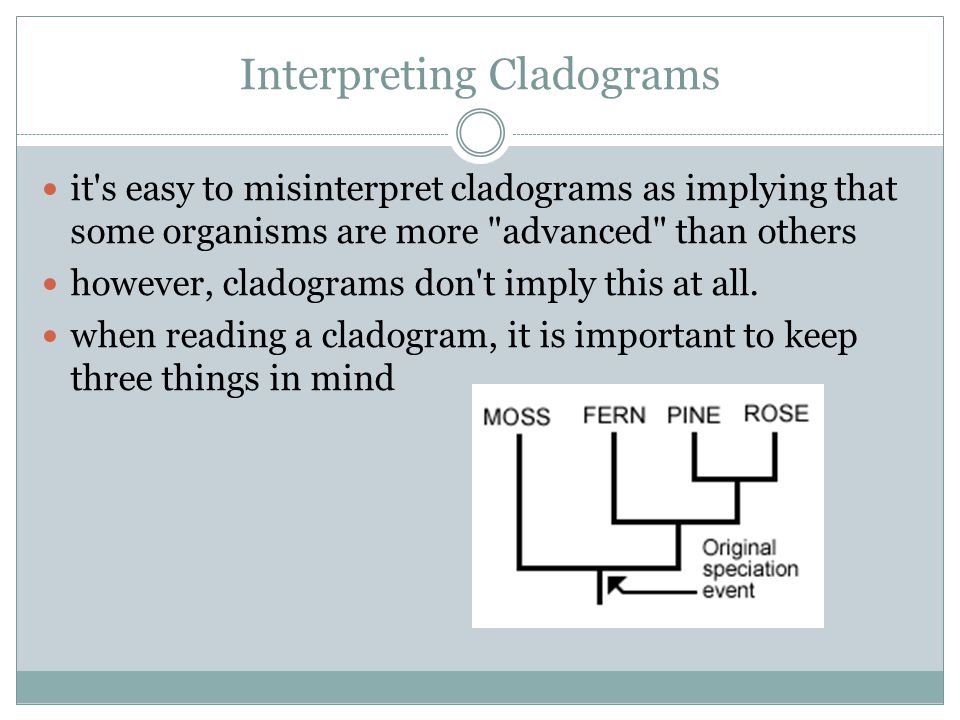Cladogram | Definition, Types & Examples
Cladogram Definition
A cladogram is a diagram used in order to represent the hypothetical relationship that lies between the animal groups, known as Phylogeny. In simple words, the cladograms are used to compare only two or three groups of individuals, or they may be enormously complex and comprise all known kinds of life.
Cladograms contain the organisms being studied, lines, and nodes where these lines cross each other. The lines show the evolutionary time or series of an organism with leads to population.

Examples of Cladogram:
Some examples of cladograms are mention below:
In cladograms of Primates, the Apes is the group containing humans, and all common nodes of primates down to lowest Ape considered as a clade. The clade can be extended to include everything expects of Lemurs, the Lorises, and the lowest node.

Many other more groups represented as down to genus and species. The Cetaceamorpha�is the top branch for these cladograms, which represents the Cetaceans; whale and dolphins, and their ancestors.
Many characteristics had been considered in the creation of these cladograms. The whales are the particularly hard group in order to hypothesize about, because of lack of fossils, and the vast physiological difference between the whales and there close related ancestors.

-
Interpreting Cladograms:
This form of cladogram appears as its two different phylogenies have to presented. While creating cladograms, it is necessary to remember the important features of the cladograms, which are lines and nodes. It has to take two cladograms for this purpose. It two cladograms, the line length has to roughly the same and the nodes have in the same places. The cladograms can be draw right to left, left to right, top to bottom, or bottom to top.


